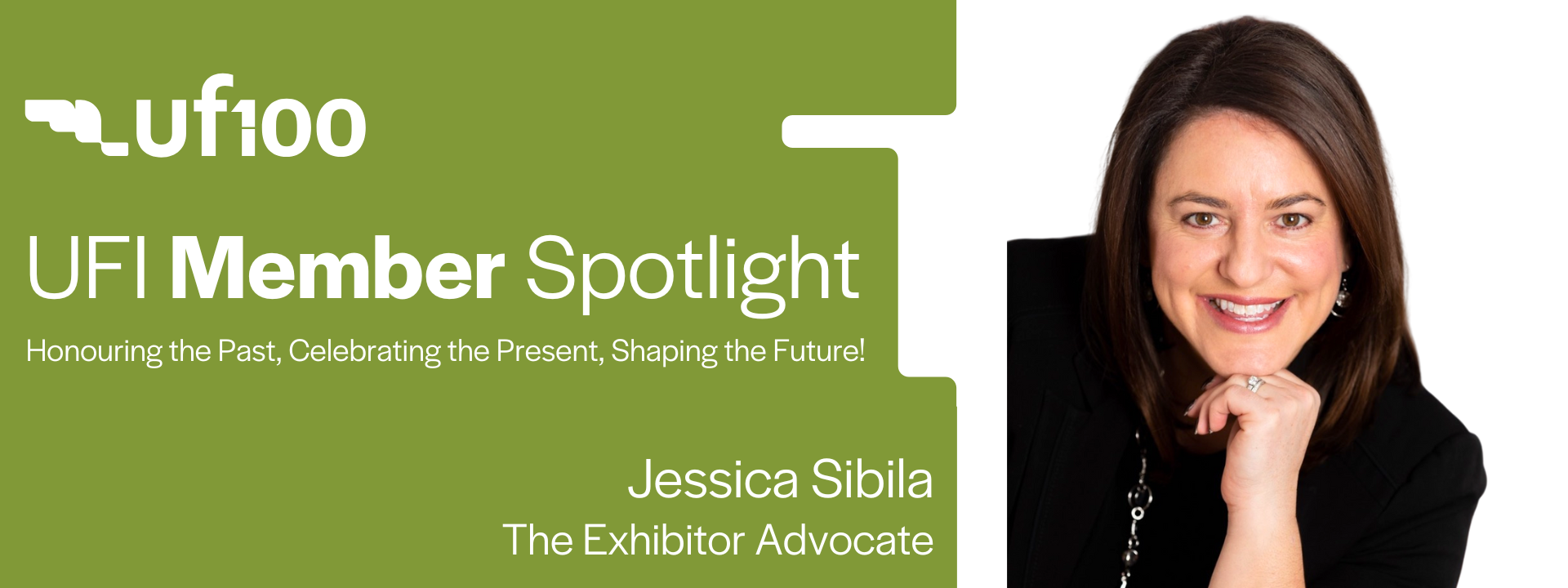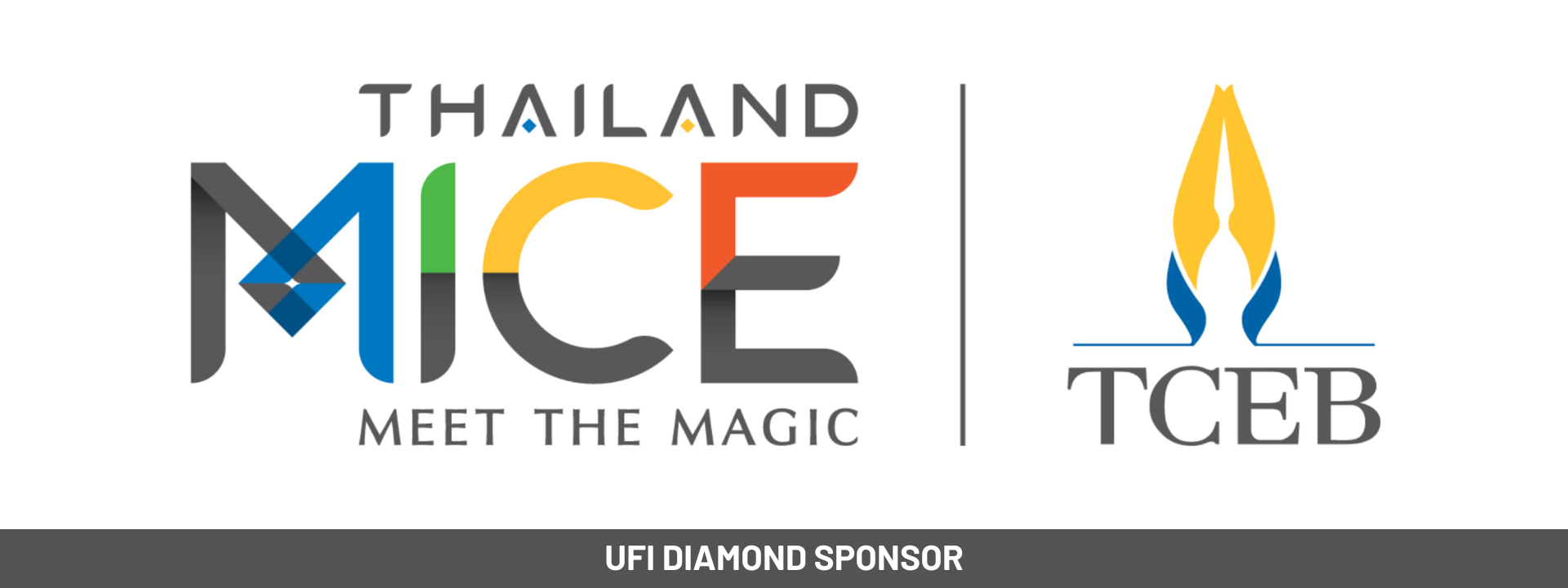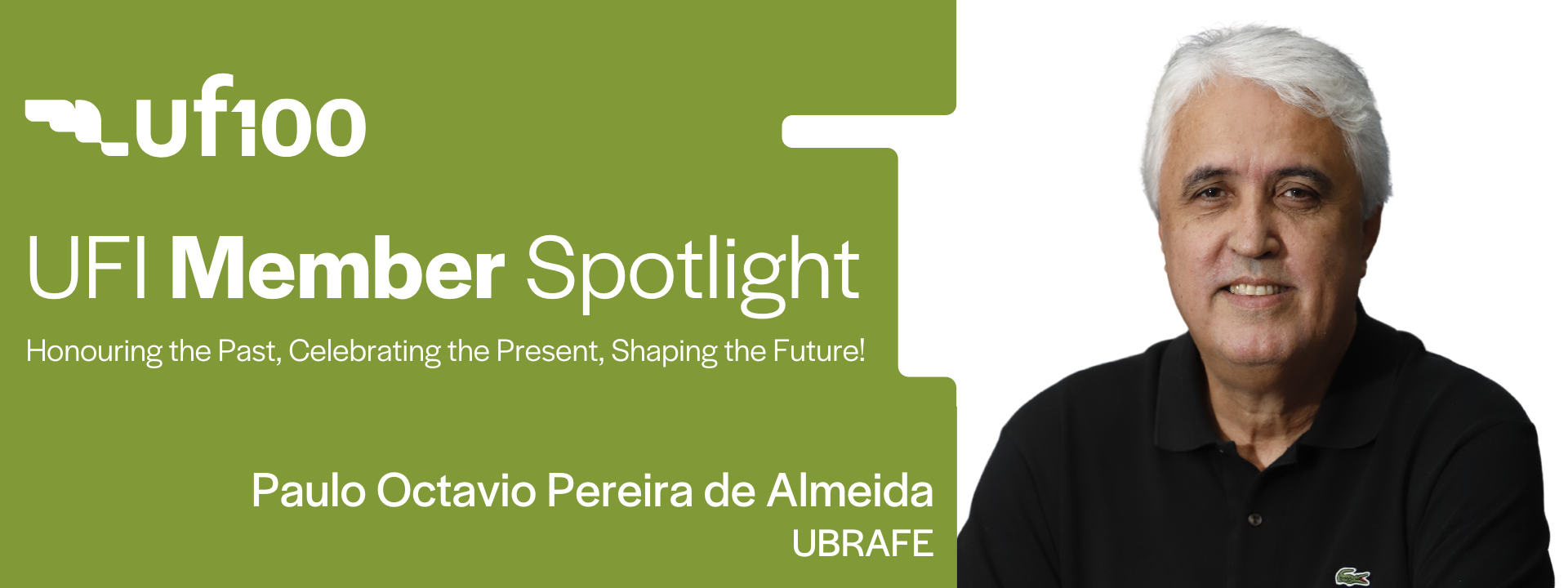Posted by
Barry Siskind
Community Manager
The debate over which social media site works best rages on.
In a recent posting on EXPO WEB called Behind the Scenes of ASAE’s Social Media Campaign, columnist Bill Mickey, writes about how the ASAE (American Association of Association Executives) has looked at this issue. http://expoweb.com/article/behind-scenes-asaes-social-media-campaigns
In ASAE’s case the first step, according to Vice president Peter Hutchins is to “See how the community is using the various social media tools.” This makes sense since you don’t want to choose one particular tool because you like its format or ease of use rather than conforming your social media program to the specifics of the industry you serve.
Simiar findings were found in a recent article published in the Mice Monitor http://www.ispypublishing.com/freestuff/M.I.C.E_7_8_2010.pdf
Once this was know they embarked on the three prong approach using Twitter, Facebook and LinkedIn.
Twitter:
The association used Twitter to promote conference agenda, speakers, special sessions and program changes.
On-site, Twitter was used to help attendees navigate the fair.
After the fair Twitter helped build the buzz for next year’s event.
Hutchins says “Connecting on the social front is really where Facebook fits in the social sphere.” His Facebook efforts where both pre and post the event.
According to Hutchins, LinkedIn is also helpful “Prior to an event we go through and identify the discussion with the highest number of people participating and the highest volume of conversation going on. Then we try to arrange a place on-site for that group to meet up.”
The issue is not which social networking tool is best from the organizers’ perspective but from that of your community. You may find that using more than one tool makes for a well-rounded social media campaign.
Twitter, Facebook and LinkedIn are the three largest social media sites but some organizers have had success with others; let us know what has worked for you.






Perhaps less related to the best social media tool but something we should all be aware of are the growing concerns on personal privacy rights.
Google CEO Eric Schmidt recently made a number of remarks about user-generated content and data-mining that could well be considered controversial:
“If I look at enough of your messaging and your location, and use Artificial Intelligence,” Schmidt said, “we can predict where you are going to go.”
“Show us 14 photos of yourself and we can identify who you are. You think you don’t have 14 photos of yourself on the internet? You’ve got Facebook photos! People will find it’s very useful to have devices that remember what you want to do, because you forgot…But society isn’t ready for questions that will be raised as result of user-generated content.”
“The only way to manage this is true transparency and no anonymity,” Schmidt said. “In a world of asynchronous threats, it is too dangerous for there not to be some way to identify you. We need a [verified] name service for people. Governments will demand it.”
and yesterday, Facebook unveiled a service to announce where users are: http://www.nytimes.com/2010/08/19/technology/19facebook.html